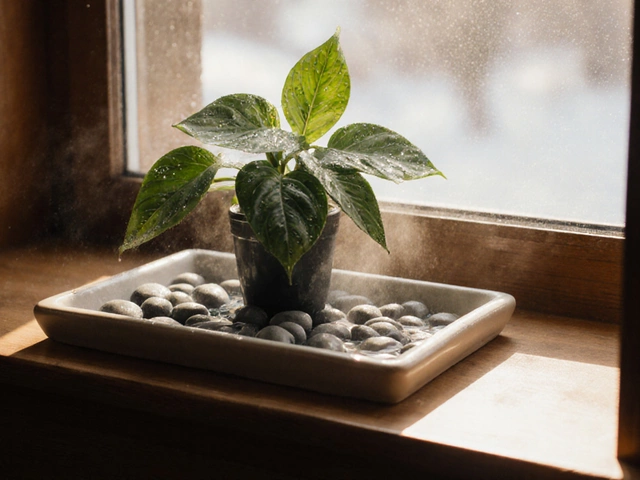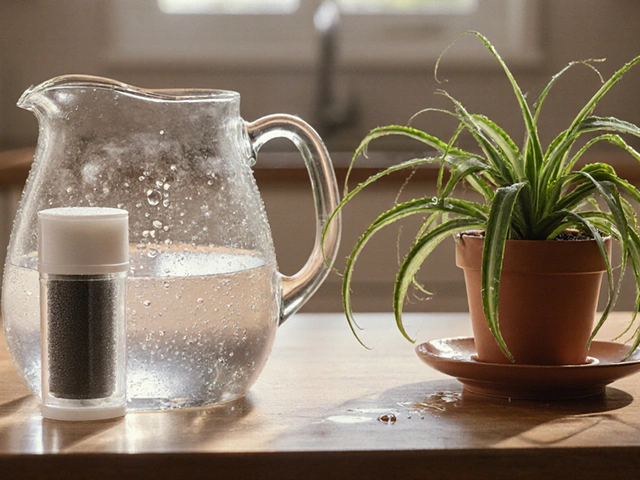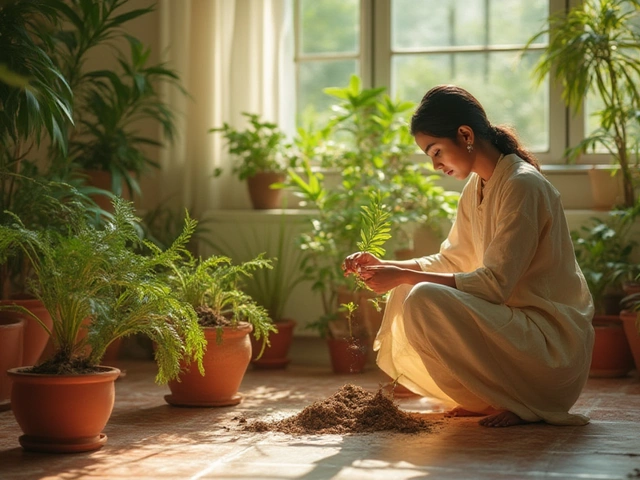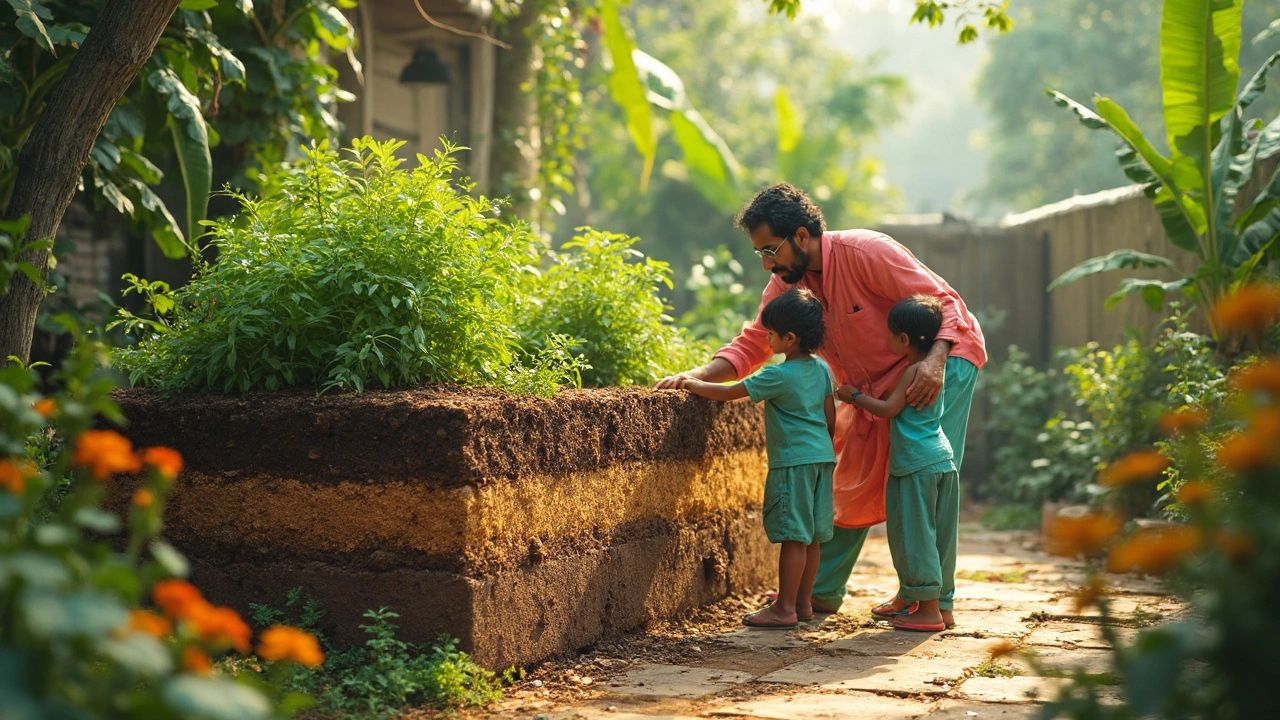Drainage Tips for Indian Gardens – Simple Ways to Keep Soil Healthy
Bad drainage is the silent killer of many Indian gardens. Water sits, roots rot, and you end up with soggy beds that never produce. The good news? Fixing drainage is easier than you think, and you don’t need pricey equipment. Below are straight‑forward steps you can start today.
Why Good Drainage Matters
When soil holds too much water, oxygen can’t reach the roots. Plants suffocate, leaves yellow, and disease spreads fast. In monsoon‑prone regions, poor drainage turns a healthy garden into a swamp. Even in dry zones, compacted soil can prevent rain from soaking in, leading to runoff and wasted water.
Good drainage also helps your drip irrigation system work efficiently. If water pools around the lines, you waste water and risk clogging the emitters. Properly drained beds let the drip tape deliver water right where the roots need it, saving you time and money.
Easy DIY Drainage Fixes
1. **Add organic matter** – Mix compost, well‑rotted manure, or leaf mold into the top 6‑12 inches of soil. These amendments break up clay, improve pore space, and let water move freely.
2. **Use coarse sand or grit** – For heavy soils, blend in coarse sand (not fine beach sand) at a 1:4 ratio. The grit creates channels for water to flow through.
3. **Create raised beds** – Building beds 12‑20 cm above ground level helps excess rain drain away. Fill the base with a mix of soil and coarse material for best results.
4. **Install simple French drains** – Dig a shallow trench (15‑20 cm deep), line it with perforated plastic pipe, and cover with gravel. This low‑cost setup redirects water away from plant roots.
5. **Check your irrigation depth** – When laying drip lines, bury them just deep enough (5‑10 cm) to stay cool but not so deep that water pools. The guide "How Deep Should Drip Irrigation Lines Be Buried?" explains the sweet spot for Indian climates.
6. **Mind the slope** – A gentle 2‑3% slope away from raised beds or containers prevents water from sitting. Use a level to check the grade and adjust with soil as needed.
7. **Add mulch wisely** – A 3‑5 cm layer of straw or wood chips slows evaporation and keeps soil surface from crusting, which can block water infiltration.
8. **Test drainage quickly** – Dig a 30 cm hole, fill with water, and watch how fast it disappears. If it takes more than an hour, you probably need more organic matter or sand.
9. **Rotate crops** – Planting deep‑rooted veggies like carrots or radishes for a season can naturally break up compacted soil, improving drainage for the next round.
Combining a few of these tricks will give your garden the breath of fresh air it needs. Start with one or two changes, watch how the soil responds, and tweak as you go. Better drainage means healthier plants, less water waste, and a garden that looks good even after the monsoon.
Best Materials to Put in the Bottom of a Raised Garden Bed for Healthy Soil
Not sure what to put at the bottom of a raised garden bed? This article breaks down the best materials to boost soil health, improve drainage, and keep weeds at bay. Learn the dos and don’ts for a thriving garden setup. Get practical tips that save time, money, and hassle. Create your raised bed right from the start.
About
Soil Improvement
Latest Posts


Which Country Is 100% Vegetarian? Real Answers for Plant Lovers
By Alden Thorne May 22, 2025

Rarest Flower in India: What Makes the Neelakurinji So Unique?
By Alden Thorne May 21, 2025

What Is the Best Water for Houseplants? A Practical Guide
By Alden Thorne Oct 16, 2025

